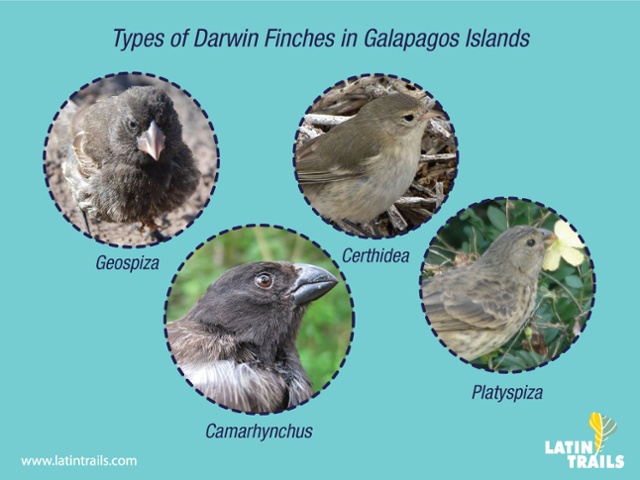Darwin’s Finches Reveal Ecology’s Role in Speciation
Why in the news?
Recent research highlights the connection between environmental change and the evolution of new species among Darwin’s finches, emphasising their role as key examples of adaptive radiation in evolutionary biology.
About Darwin’s Finches:
- Darwin’s finches are small land birds named after Charles Darwin.
- They include 15 species: 14 found in the Galápagos Islands and 1 on Cocos Island.
- All species descended from a common ancestor that arrived from Central or South America.
- They are a classic example of adaptive radiation, where species evolve to fill different ecological niches.
Characteristics of Darwin’s Finches:
- Though similar in size, shape, and colour, they differ in diet, habitat, and beak morphology.
- Their diverse beak shapes and sizes have evolved to suit the food types available on each island.
- These birds feed on various sources, including seeds, fruits, invertebrates, and even blood.
Ecological and Evolutionary Importance:
- Darwin’s finches demonstrate how species adapt to different ecological conditions through natural selection.
- Their varied beak structures allowed them to occupy specific ecological niches, reducing competition for food.
- Recent research shows a link between environmental change and speciation, highlighting their role in understanding evolution.
Sources Referred:
PIB, The Hindu, Indian Express, Hindustan Times




